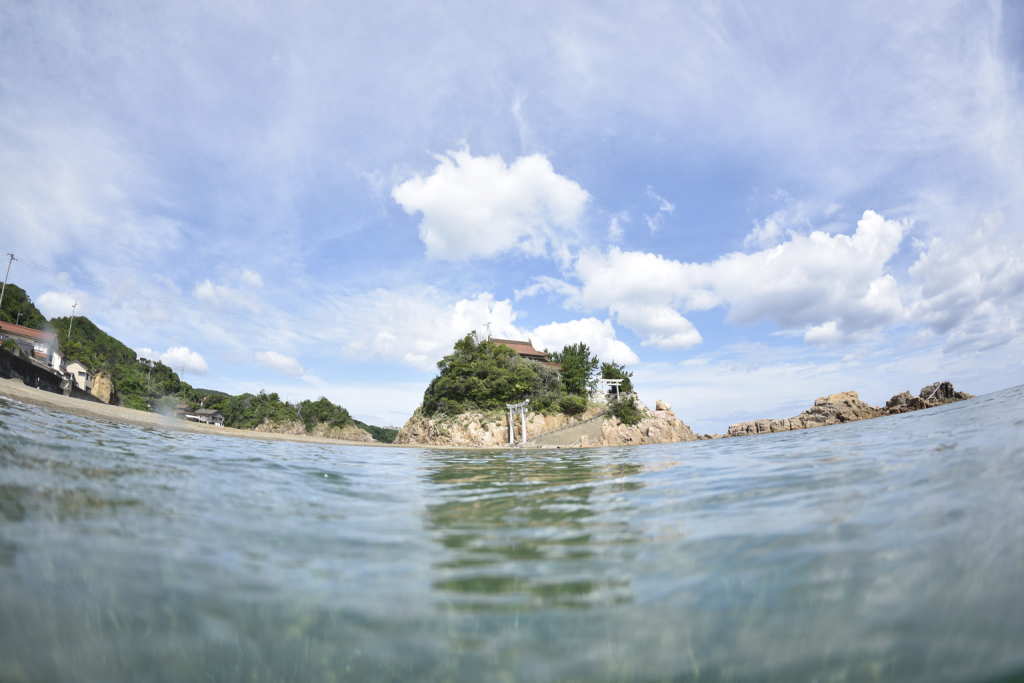My first glimpses of Iwami – the western region of mountainous Shimane Prefecture – went by in a whirl. The train from Yamaguchi sped through ancient samurai towns, sun-soaked valleys and stunning coastal cliffs on my way into the cultural heartlands of the region.
Here the locals maintain a strong sense of their place within nature, while at the same time leading a rural renaissance that’s the envy of the nation. Let’s explore how you can unlock the best of this cultural treasure trove, and tune in to a simpler kind of life, in just two days.
Day 1: Tsuwano Town and the Sea of Japan Coast
Begin with the historic samurai town of Tsuwano, which boasts a stunning town center preserved much as it was in the Edo Era. The main sights of the town can be conquered on foot in the morning.
After arriving at Tsuwano Station, head on to Honmachi Street to browse the authentic local shops, most of which have been in the same families for centuries. My personal favorite is Kamiryo Chaho, where a mixed French-Japanese couple offers blending workshops for the local zaracha herbal tea.
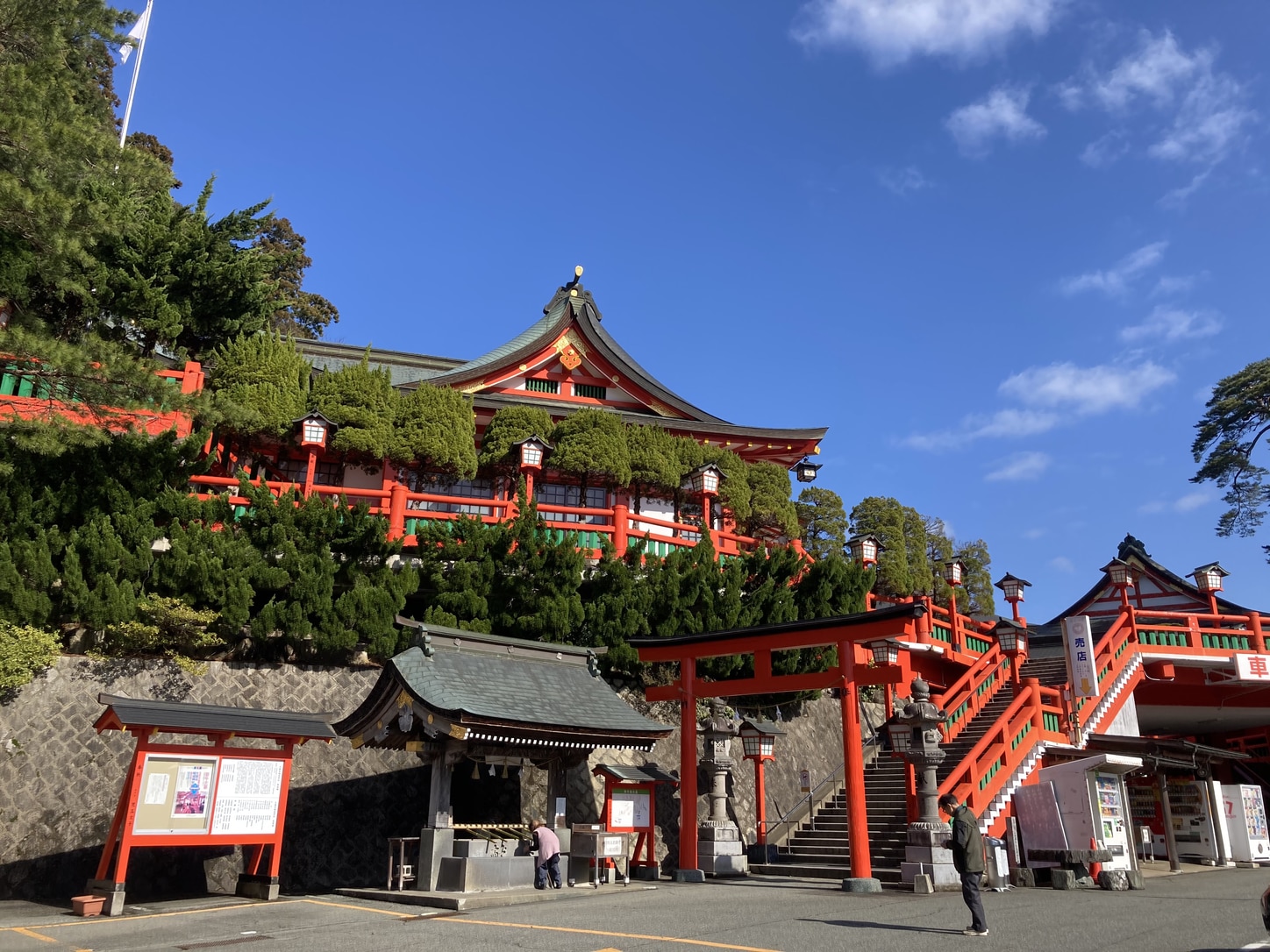
Continue up the road past Tsuwano Catholic Church to Tonomachi Street, the old samurai quarter. Here you’ll find the Hanko Yorokan samurai school, where some of the country’s top minds studied in days gone by. Nearby is a statue commemorating the local Tsuwano heron dance ritual, performed yearly to ward off disease.
From here you’ll be able to see the bright red shrine and torii gates of Taikodani Inari Shrine on the hillside, just a 15-minute walk away. This is a little brother of the famous Fushimi Inari Shrine in Kyoto, and it shares a similar row of red torii on one of its staircases.
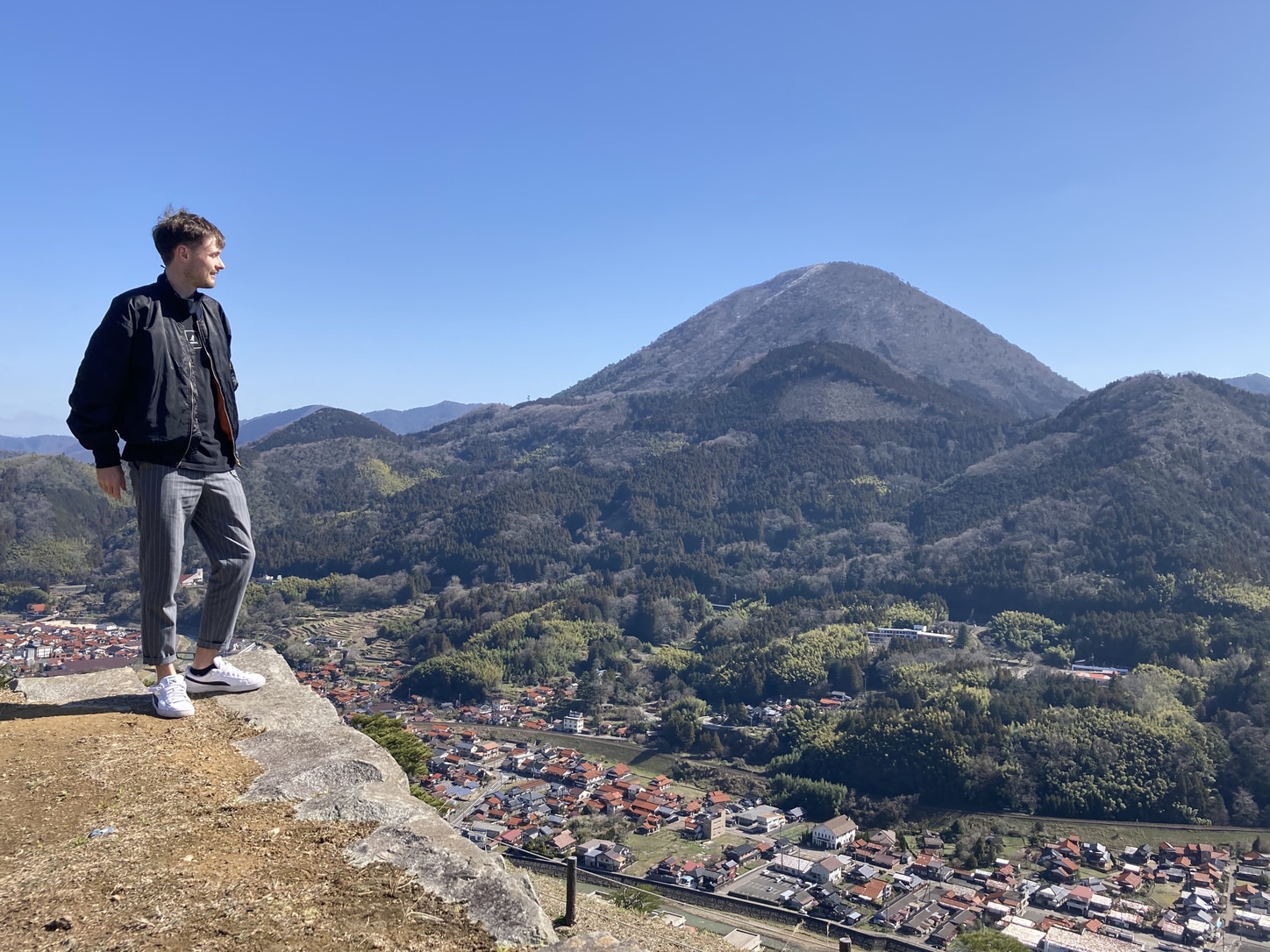
After gaining the blessings of the kitsune, walk two minutes around the hillside to the Tsuwano Castle Ruins Chair Lift. This slightly rickety single-seater lift will deliver you to the mountaintop, where the stacked-stone bases of the castle ruins offer a gorgeous view over the town and mountains beyond.
|
Access:
|
Tsuwano Tourist Information Centre: 71-2 Ushiroda, Tsuwano-cho, Kanoashi District, Shimane 699-5605 (near Tsuwano Station)
|
|
Costs:
|
Chair lift (round trip): adult ¥700, child ¥500
|
|
Hours:
|
Chair lift, 9:00–16:30 (arrive 10 min before last) | Tsuwano Tourist Information Centre, 9:00–17:00 every day
|
After bidding farewell to Tsuwano, head on northwards to the Sea of Japan coast. Iwami’s seaside scenery is some of the most pristine and beautiful in the country, with pure sands, crystalline blue waters and dramatic cliffs.
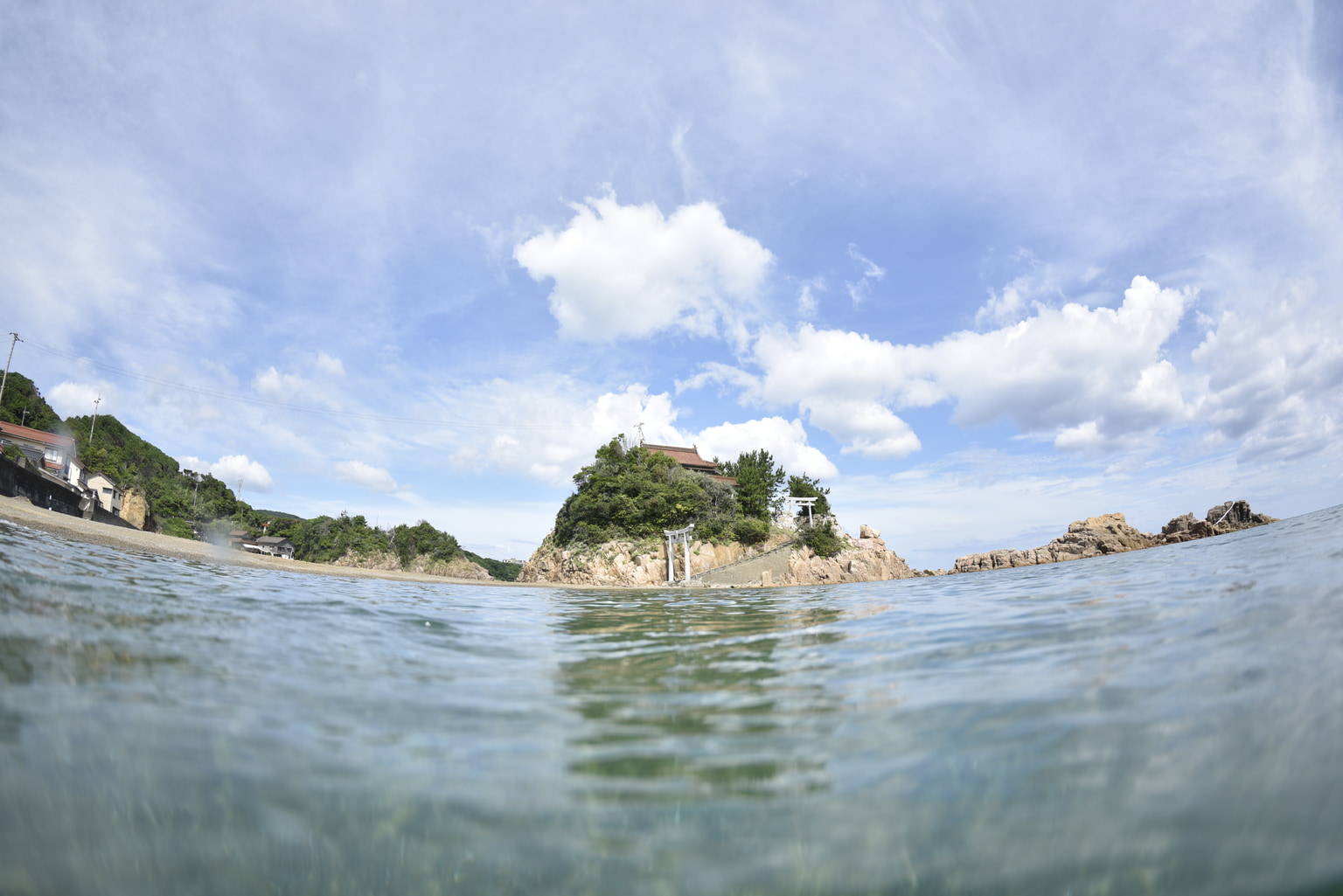
On the west side of Masuda city, you’ll find Sanrigahama Beach – a favorite summer spot among the locals. Near the end of its 12km stretch is Ebisu Shrine, a Shinto spot perched on a rock a little out into the waves. The locals call it their mini Mont Saint-Michel. Those traveling with kids might want to stop by Sansan Farm to enjoy some horse riding with a hillside view of the city and sea.
|
Access:
|
Sansan Farm: 3-22-1 Takatsu, Masuda-city, Shimane Prefecture 698-0041 (nearest stop SeibuGijutsukoIriguchi Bus Stop: 6 min walk)
|
|
Ebisu Shrine: 630 Kohamacho, Masuda, Shimane 699-3762 (nearest station Todakohama Station: 12 min walk)
|
|
|
Costs:
|
Sansan Farm: guided experience from ¥1,000, lesson (in Japanese) from ¥4,000, trekking ¥4,000, feeding ¥100
|
|
Hours:
|
Sansan Farm: Weekdays 10:00–15:00, weekends and national holidays 9:00–17:00, closed Tue
|
After you’ve had your fill of the great outdoors, head along the coast to Araisokan Onsen Ryokan for some rest and relaxation. This traditional inn is perched at the edge of a rocky cove, and each of their Western-style and tatami rooms offer stunning views of the sea. Some even boast private baths on their balconies!
|
Access:
|
1019 Nishihirabara-cho, Masuda-shi, Shimane 699-3506 (Nearest station Kamate Station: 15 min walk)
|
|
Costs:
|
Rooms: from ¥30,000 Food only: from ¥1,500
|
|
Hours:
|
Restaurant: 11: 00–14: 00 (LO 13:30), 17:30–20:00 (LO 19:00)
|
Day 2: Iwami Ginzan Silver Mine and Historic Omori Town
Day two begins with a scenic journey up the coast to Odashi, from where you’ll turn down towards the mountain town of Omori. This is home to the Iwami Ginzan Silver Mine World Heritage Center, a museum built to commemorate the mine’s designation as a World Heritage Site. Here you can find out about the history of the mine, from mythical beginnings to its closing in the 20th century.
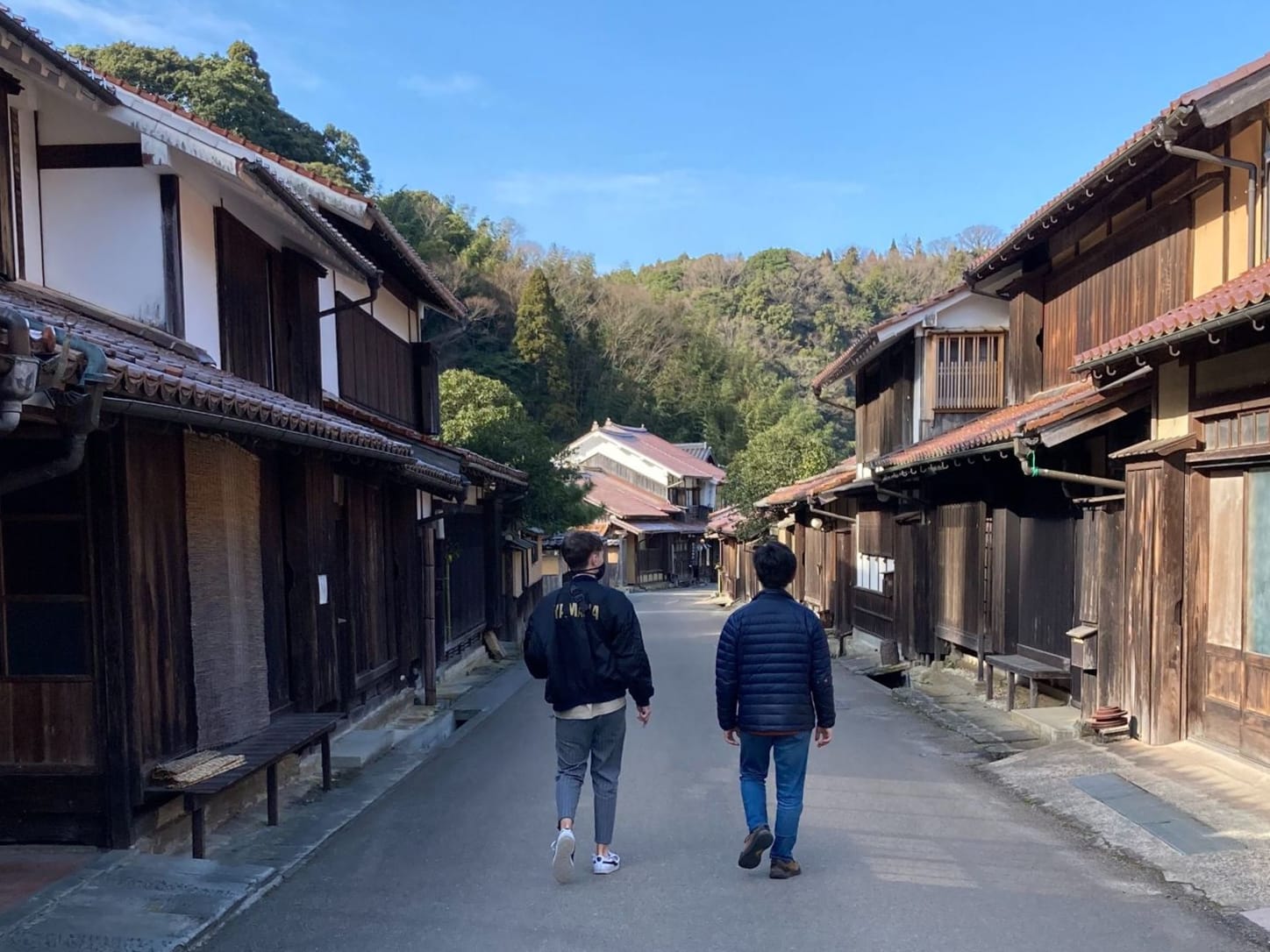
The town itself suffered hard from the closure of the mine, but in the past decades it’s started to flourish thanks to the intrepid spirits of a few local pioneering entrepreneurs. Take a wander through Omori Town to enjoy the fruits of their labor: dozens of gorgeously restored Edo Era houses turned into chic shops, family homes and fascinating museums.
|
Access:
|
1597-3 Omori-cho, Oda-shi, Shimane 694-0305
Take bus from Odashi Station towards Iwami Ginzan World Heritage Center (30 min) |
|
Costs:
|
Adult ¥200, child ¥100
*This price is a discount for foreign visitors or residents. (Passport or residence card required) |
|
Hours:
|
Mar to Nov 8:30–18:00, Dec to Feb 8:30–17:00
|
This is very much the Ghibli image of rural Japan, where a small community of only 400 people will welcome you as one of their own. After enjoying the good vibes of their authentic countryside community, rent an electric bike from Yashichi Bicycle Rental Shop to explore the surrounding area.

Cycle to Rakan-ji Temple to take a peek at its 500 buddha statues, then continue on to the Shimizudani Refinery Ruins to witness nature’s reclamation of these old industrial sites. Along the way you might spot some local grandmothers out foraging for wild plants to cook up for dinner.
The main event is the mine itself, which you can enter through the Ryugenji Mabu Mine Tunnel to the west of town, just a 20- minute cycle through beautiful cedar woodland.
|
Access:
|
Mabu Mine Tunnel: 183 Omori-cho,Oda-shi, Shimane 694-0305
|
|
Costs:
|
Bike rental (2 hours): regular ¥500, electric ¥700 Rakanji Temple: adults ¥300, children ¥100
Mine tunnel: adults ¥200, children¥100 *This price is a discount for foreign visitors or residents. (Passport or residence card required) |
|
Hours:
|
Bike rental: 9:00–17:00
Rakanji Temple: 9:00–17:00 Mine tunnel: Mar to Nov 9:00–17:00, Dec to Feb 9:00–16: 00, closed Jan 1 |
Budget permitting, your accommodation for the evening will be Omori’s jaw-dropping Takyo-Abeke Inn. This huge samurai mansion was renovated by lifestyle brand Gungendo, which is based in town. Founder Tomi-san even comes down to enjoy dinner with her guests each evening.
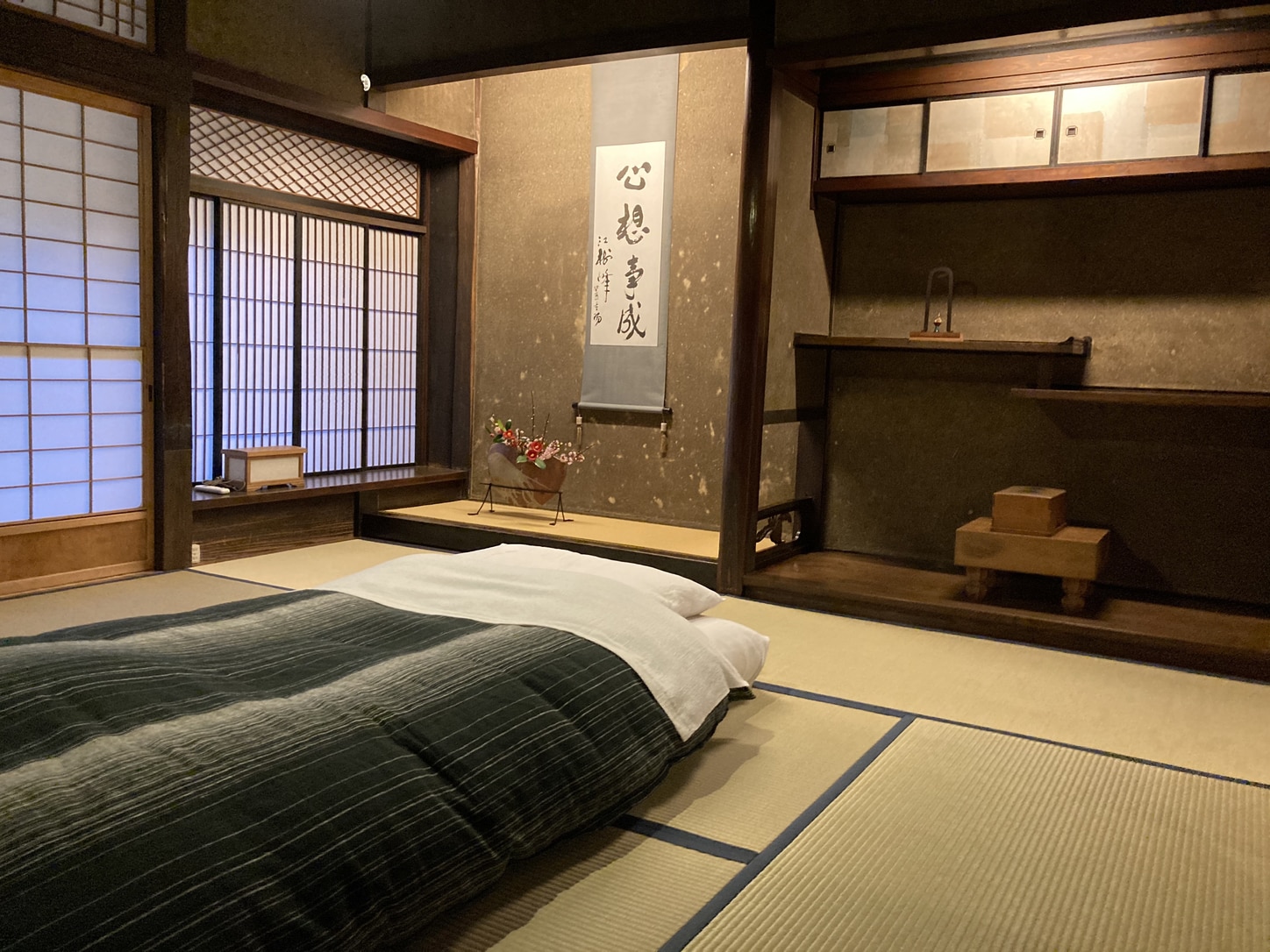
A night here is the perfect way to cap off your initiation into the soothing rhythms of a contemporary countryside lifestyle.
|
Access:
|
159-1 Omori-cho, Oda-shi, Shimane 694-0305
|
|
Costs:
|
Indicative: ¥50,000–¥90,000
|
|
Hours:
|
Currently only taking one group per evening due to Covid-19 Reception: 9:00–12:00, 15:00–21:00
|
Getting to and Around Iwami
By Train
Indicative price: ¥23,000
The Nozomi Shinkansen runs from Tokyo to Shin-Yamaguchi Station, taking around 4 and a half hours. From there, take the JR Yamaguchi Line towards Masuda to reach Tsuwano in around 1 hour 40 minutes.
Alternatively, take the faster JR Sanin Main Line Super Oki Limited Express to arrive in 1 hour. It runs on the same tracks but continues past Masuda and onto the JR Sanin Main Line, which follows a scenic coastal route all the way to neighboring Tottori. Expect to pay ¥2,900 one way (Between Shinyamaguchi Station and Tsuwano Station.)
By Air
Indicative price: ¥11,500
Flights from Tokyo Haneda leave for Hagi-Iwami Airport (IWJ) in Masuda twice daily, and Izumo Airport more frequently. Both take 1.5 hours and cost from ¥10,000.
Car Rental
Indicative price: from ¥3,000 per day
Renting a car is recommended, but not necessary.
Learn more about Iwami here: http://www.iwami-travelguide.com/
Sponsored Post
Updated On December 28, 2022

